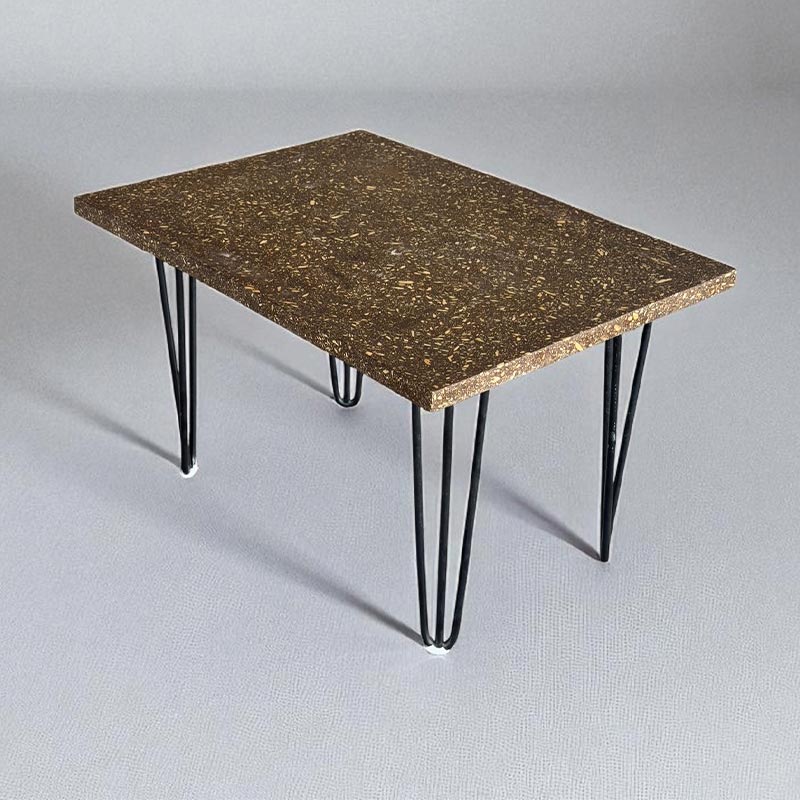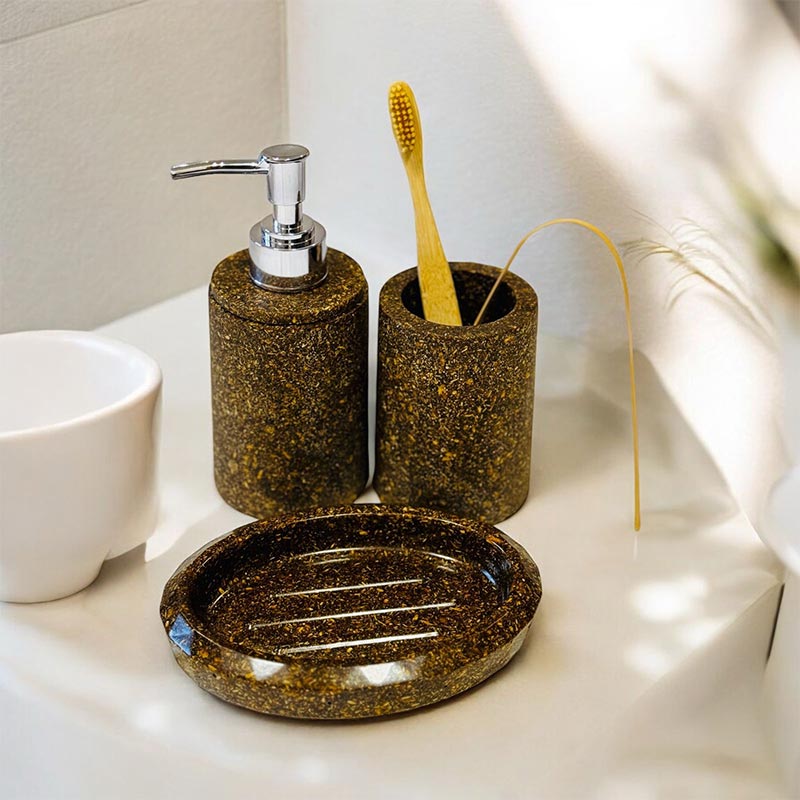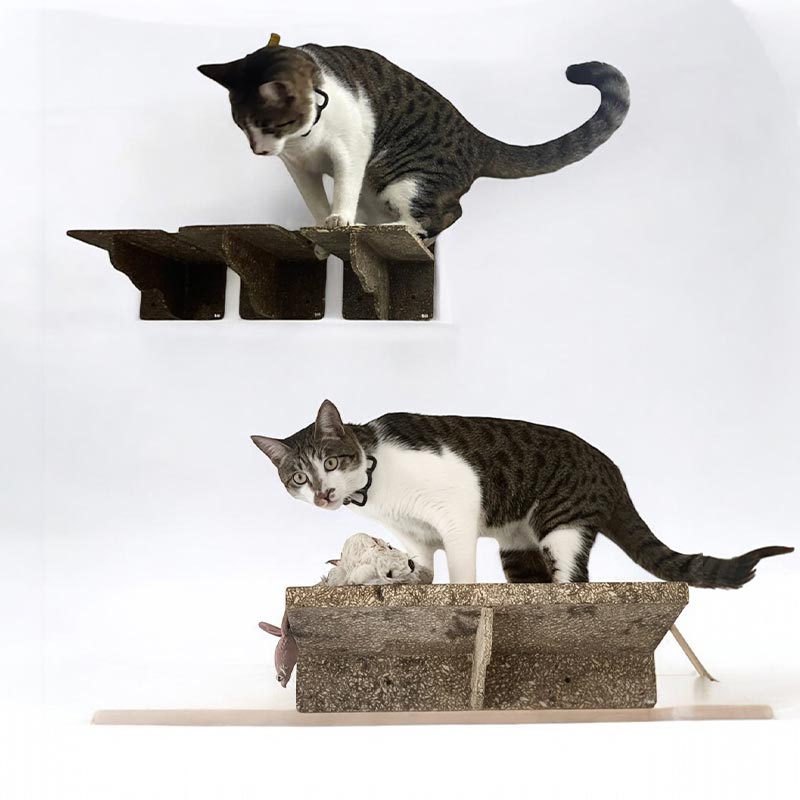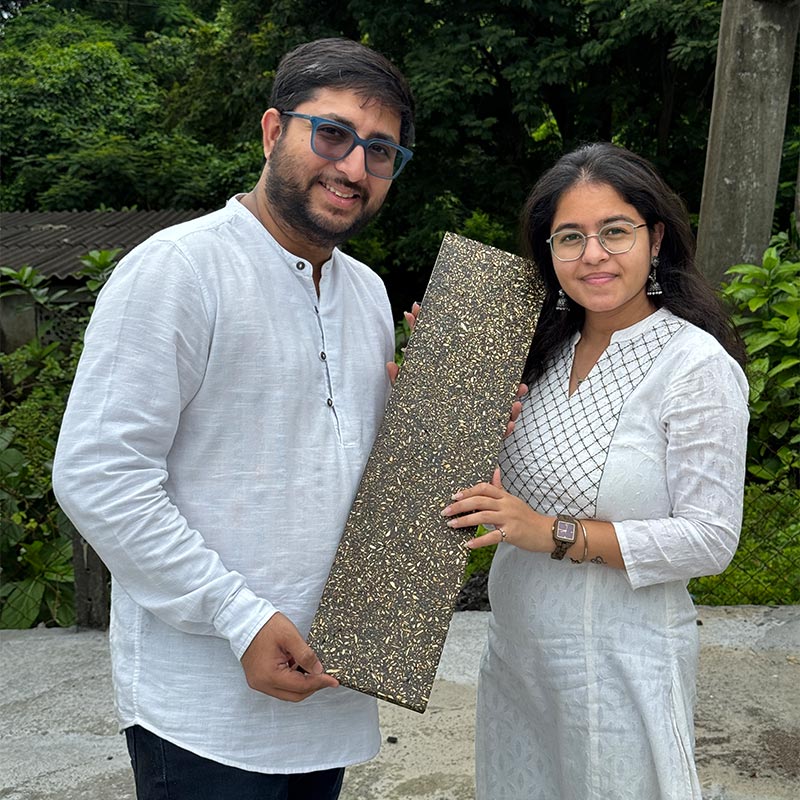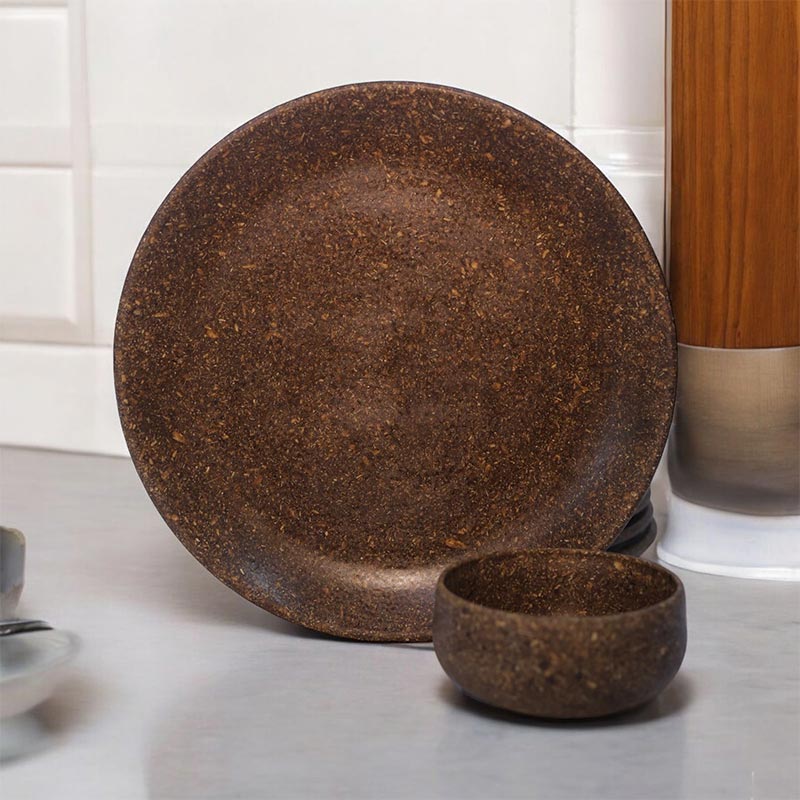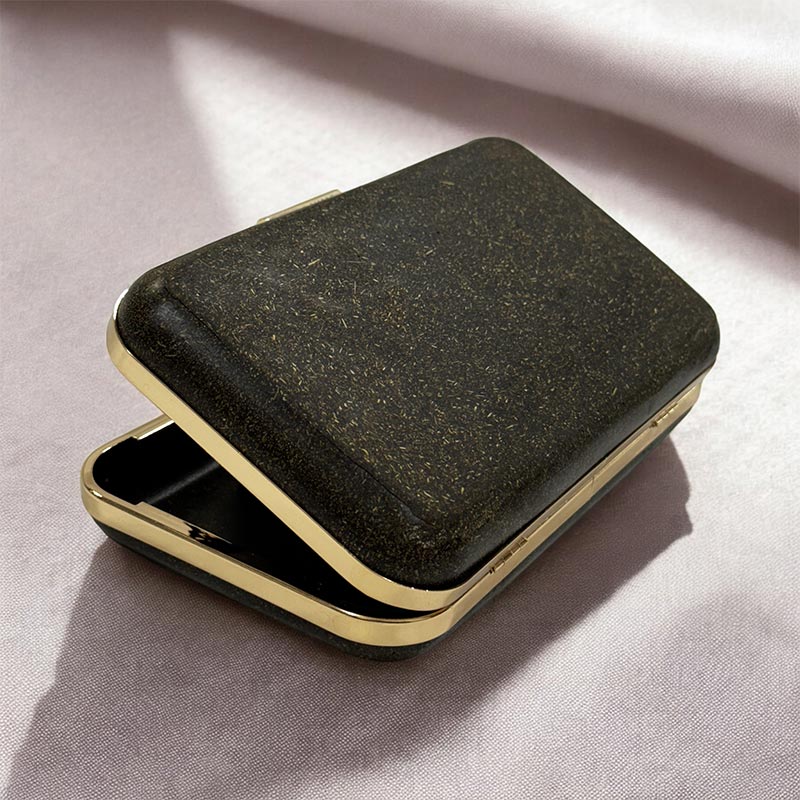Lantana Project
Problem
Lantana camara, brought to India by the British in the 1800s as an ornamental plant, has become the country’s second-worst invasive species, spreading across more than 3 lakh sq. km of forest and threatening 40% of tiger reserves.(Source: A Wildlife Institute of India (WII) led survey conducted 2009–10) Its dense growth outcompetes native vegetation, alters soil fertility, causes erosion, disrupts water flow, and its toxic leaves harm both livestock and wildlife. The unchecked spread continues to degrade ecosystems, tribal livelihoods, and agricultural productivity, with high removal costs.
Solution
We have created an eco-wood material by up-cycling lantana into a strong, durable, and recyclable alternative to conventional wood. The eco wood used the entire plant from root leaves, stems and flowers making it a viable solution for bulk recycling. These panels are strong, durable, fire retardant, naturally pest-resistant, energy-efficient, and provide natural thermal insulation, making them suitable for all weather conditions. The material is scalable and commercially viable. It is now being applied in furniture, flooring, and countertops, where we have already developed commercial prototypes and begun production.
Impact
This solution turns an ecological threat into a resource by monetizing lantana management, creating sustainable building materials, and reducing long-term carbon emissions. Each square foot uses 2,100 grams of lantana and prevents 6,090 grams of carbon emissions. Beyond the environmental gains, it empowers tribal women through livelihood generation, skill development, and community upliftment. By addressing biodiversity loss and deforestation pressures while offering viable alternatives in the furniture and construction sectors, the innovation presents a scalable model for circular economy and ecosystem restoration. This breakthrough innovation was awarded the 2024 Inclusive Innovation Award by HCL’s ShivNadar Foundation and The Better India.

